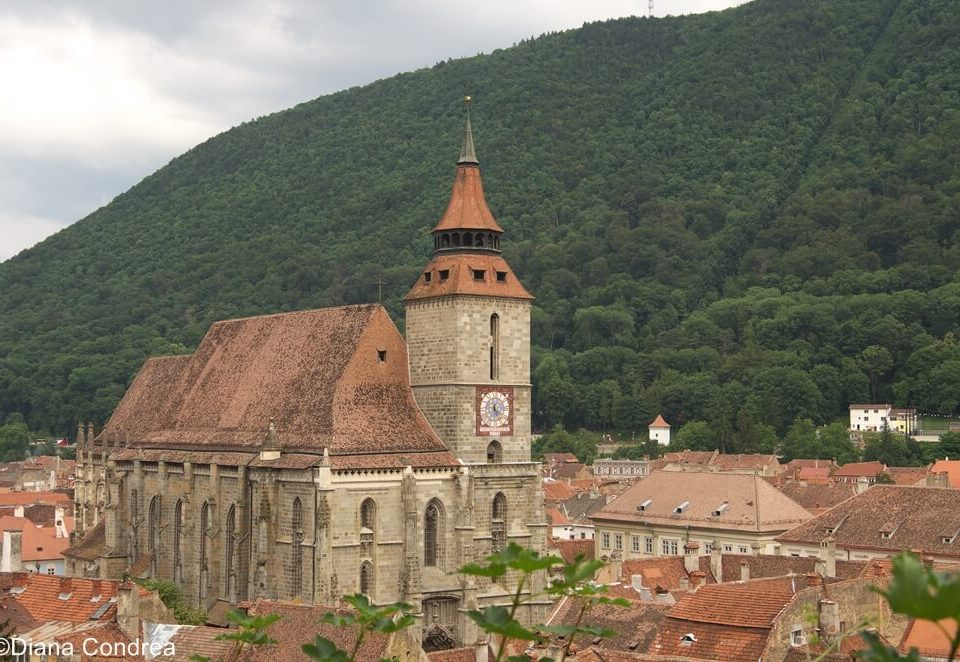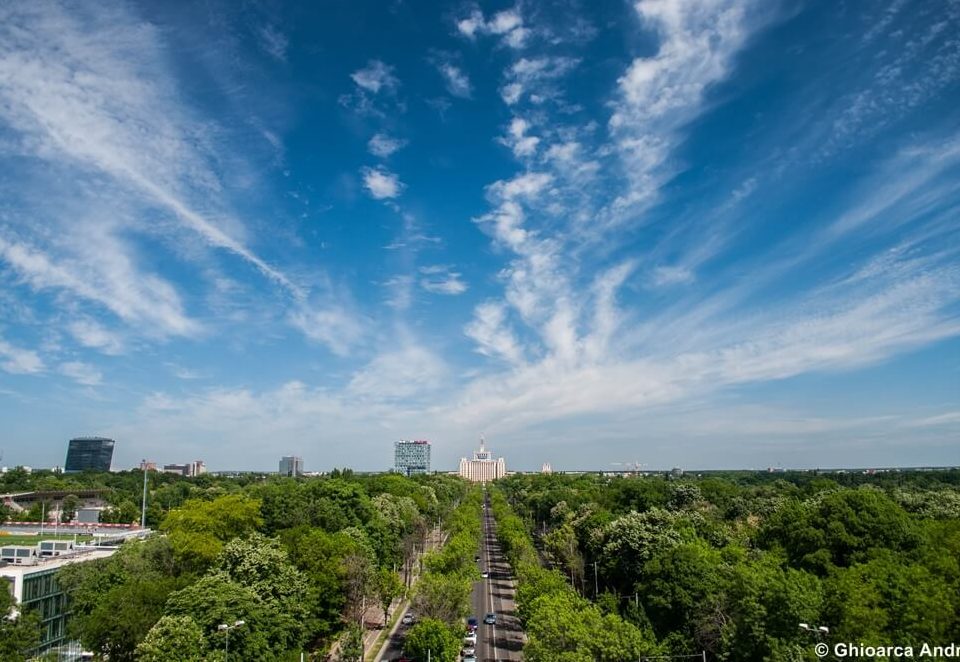Short History of Bucharest: From the Medieval Centuries to Communism
The history of Bucharest has come a long way before the capital became the city it is today. The legend states that Bucharest was founded by a shepherd named Bucur. Still, it most likely appeared in the late 14th century, on the grounds of a small fortification that surveilled a key commercial route.
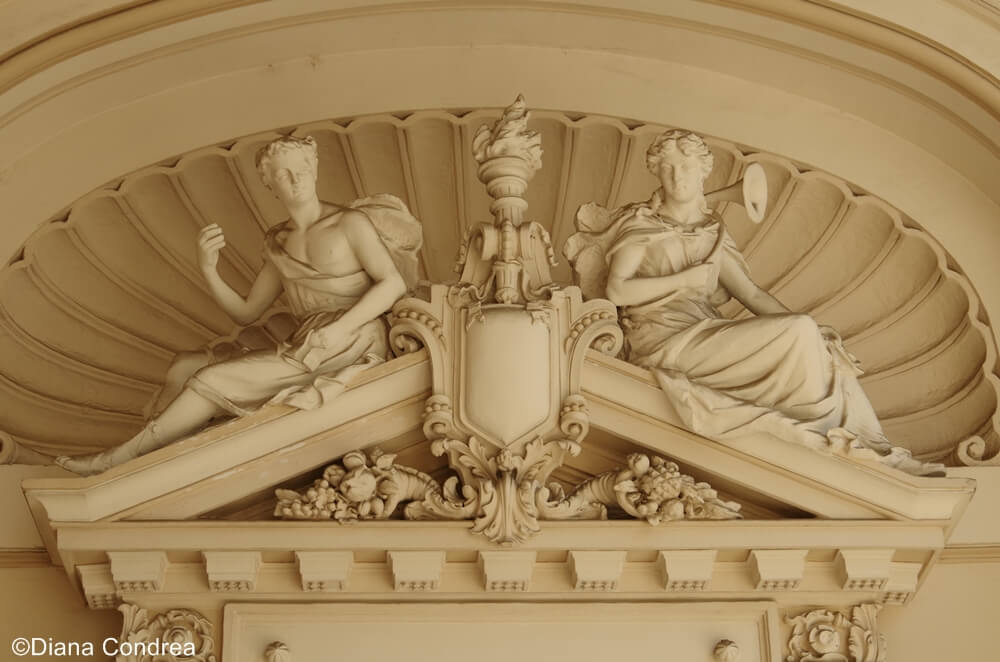
The National Museum of History
From a small fortress to a capital
Taking advantage of its location, it developed as a powerful commercial city. It became the capital of Southern Romania in 1659, but its boosting economy wasn’t the only factor considered. Its proximity to the Danube where the Ottoman armies were stationed worked well in the favor of the Turks in case of urgent military intervention.
Thanks to its geographical position, Bucharest was a passage point for all merchants who traveled from the Balkans to trade in Transylvania. The expansion of the Ottoman Empire’s influence boosted its commercial power and many inns, like Zlatari and Stavropoleos, appeared to host the foreign merchants.
Wars, fires, plague epidemics, earthquakes, and unrest followed in the coming centuries. Still, its political role continued to increase. It became the capital of the United Principalities in 1859 and of Romania in 1918.
At this point, Bucharest was more resemblant to an Oriental city than to a European capital. Luckily, its history changed completely in the second half of the 19th century.
The history of Bucharest as a royal capital
The history of Bucharest was fundamentally shaped by the reign of King Carol the 1st. The city rapidly embraced a European look, and most must-see sites date from this period: the National Museum of History, CEC Palace, the former Chamber of Commerce, the Atheneum, the royal palaces, the Arch of Triumph, or the National Bank of Romania.
The capital reached its glory between the two World Wars, known at the time as the ‘Little Paris’ for its architecture and the elites’ love of French culture.

The Royal family of Romania
Photo source: http://castelulbran.ro
The Second World War marked, however, the abrupt end of this period in the history of Bucharest. Bombed by both the Allies and the Germans in 1944, Bucharest suffered tremendously as thousands of people died and its landmarks destroyed. This tragedy only preceded the event that completely changed the history of Bucharest in the 20th century, the communist regime installed by the Soviets in 1947.
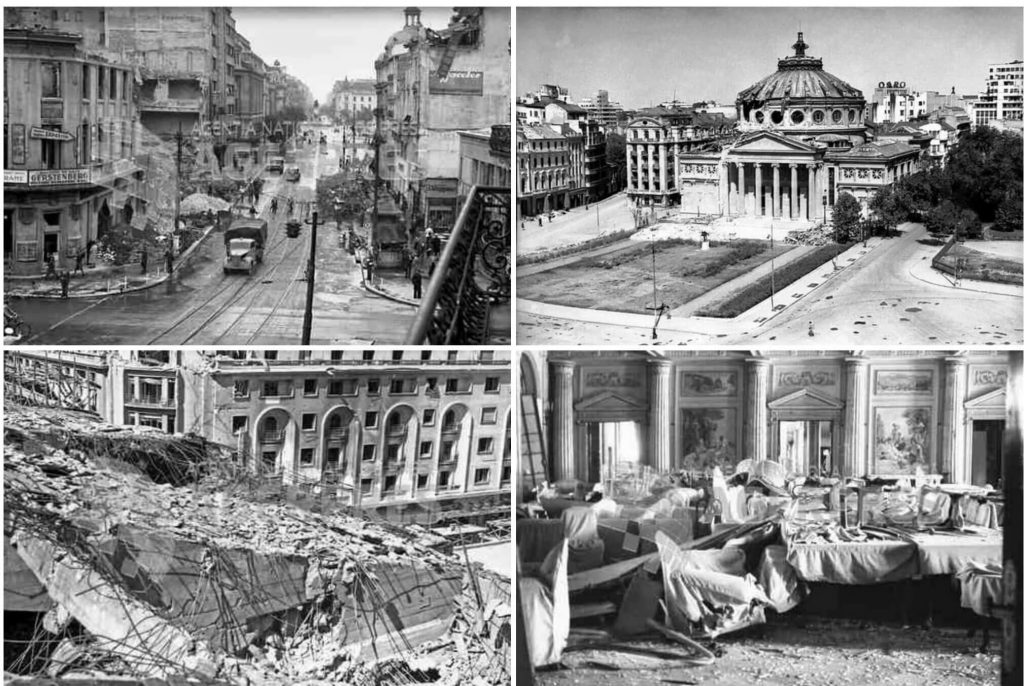
Photo source: https://casa-regala.blogspot.ro
Communism changes the history of Bucharest
Communist actions put an end to Bucharest’s interwar atmosphere. Nationalizations took over private property and the elites died imprisoned. A grey communist architecture took over, reaching its peak during Nicolae Ceausescu’s dictatorship (1965-1989). He systematically demolished emblematic sites and relocated tens of thousands of people, trying to change the capital completely. He partially succeeded, the World Record House of the People is the best proof.
Changing completely the architecture of Bucharest was only one of the many disturbing methods Ceausescu used to empower his absurd cult of personality.
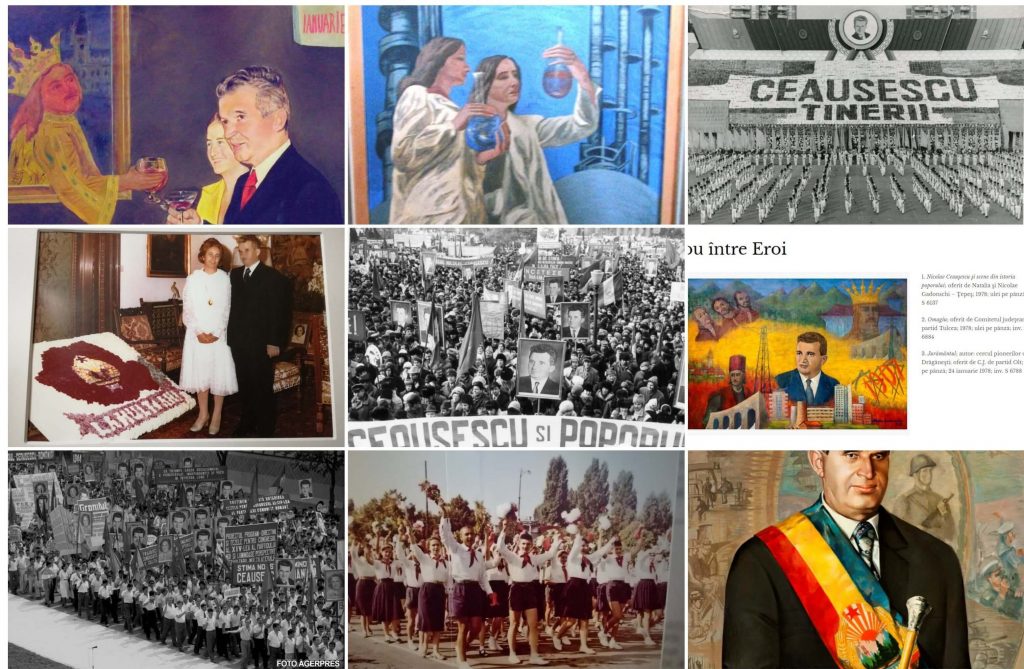
Photo source: www.comunismulinromania.ro
The Romanian Revolution burns Bucharest
In late December 1989, Bucharest witnessed massive anti-communism manifestations. Over 1,000 participants died and numerous emblematic buildings burned in Revolution Square. Moreover, the following year brought more violent manifestations, this time against the new neo-communist government. For much of the ’90s, the capital faced a transition process, followed by a rapid development beginning with the 21st century.
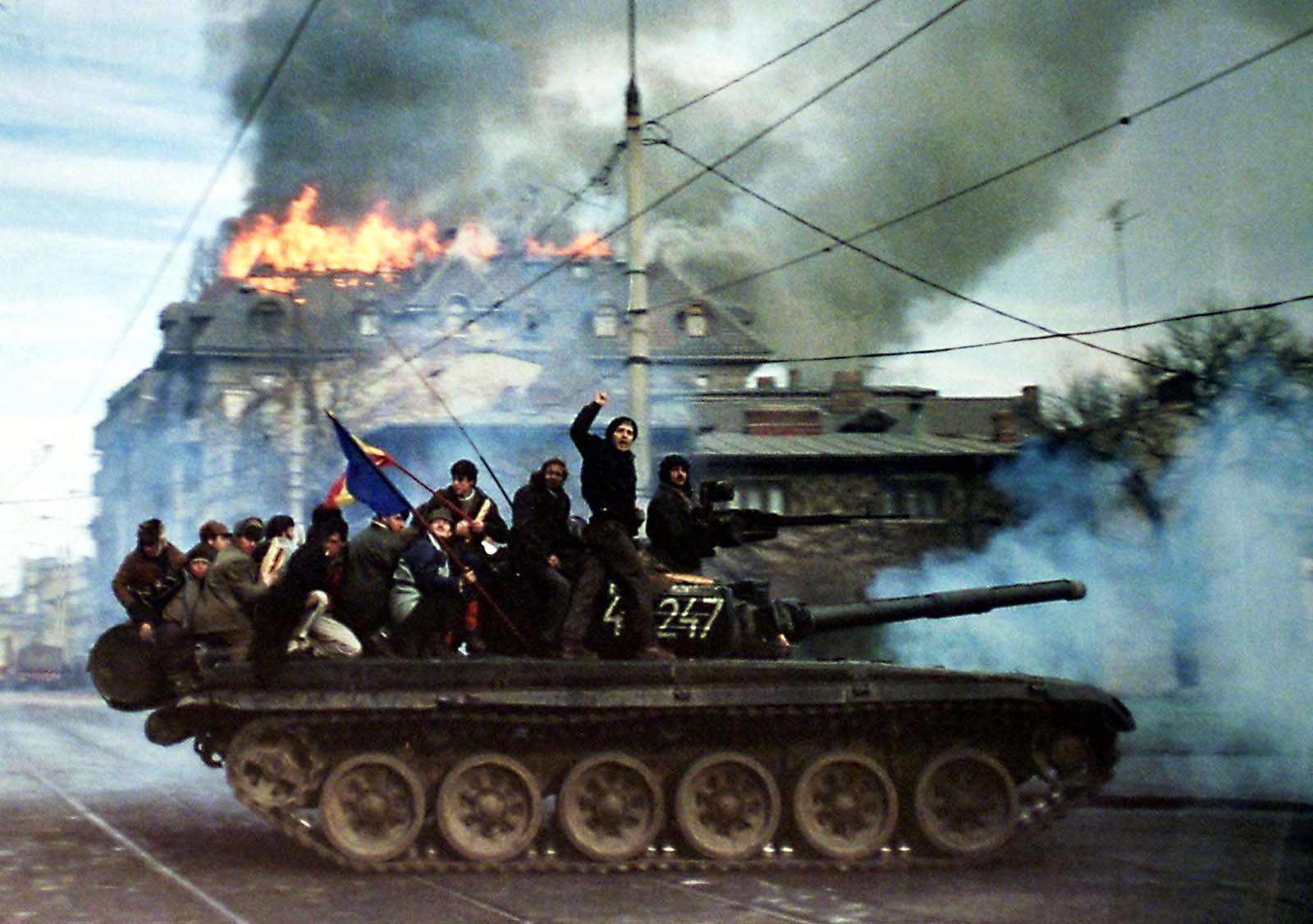
Tank with the Revolution Square in the background
Photo source: https://rarehistoricalphotos.com
Bucharest is the best image of today’s Romania, stuck between a conflicted past and a future it can’t decide upon. Visiting it is a great way to understand Romania and recent Eastern European history.
Read also our guide to the Best Things To Do in Bucharest





